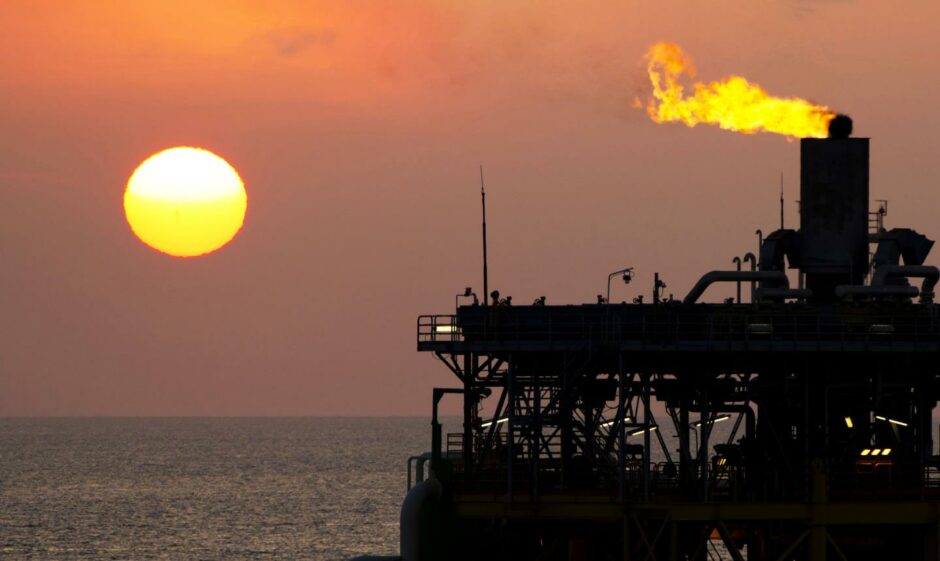
By the end of the decade the UK could rely on overseas sources to meet almost three quarters of its gas needs.
Analysis carried out by the Financial Times newspaper shows that by 2030, the UK’s dependence on gas imports is on course to rise to 70%.
By 2040 that figure will increase to 80%, and by 2050 North Sea production will satisfy just 15% of domestic demand.
As it stands around half of the gas that is used to heat homes and run power stations in the UK comes from the likes of Russia, Norway and the US.
Between January and March 2021 imports sprung to 56% according to figures from trade body OGUK – a record at the time.
In order to bolster domestic production Westminster is reportedly looking to fast-track six North Sea projects.
It is hoped that by speeding up the development of Rosebank, Jackdaw, Marigold, Brodick, satellites on the Catcher field and the delayed Tolmount East development, the UK can ease Europe’s gas crisis at the same times as reducing its reliance on imports.
On Wednesday business and energy secretary Kwasi Kwarteng shared a video on his Twitter making the case for prioritising indigenous hydrocarbon sources.
He said: ““You’ve got 250,000 people in this country who work in the oil and gas sector and they have a livelihood. Beyond that, if we were to switch it off, we’d still import the stuff from around the world, which doesn’t make any sense at all. Our system for producing oil and gas is much cleaner than in many other jurisdictions.”
With energy bills due to soar from April, the future of the UK’s energy mix has been in sharp focus in recent weeks.
Many are calling for the UK, which has a net zero target of 2050, to reduce its exposure to high gas prices by prioritising the development of renewables.
Recommended for you

